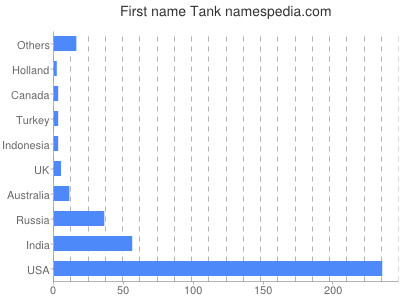
Italy produced a large number of CV-33 and CV-35 tankettes based on this Vickers-Carden-Lloyd concept.Ī native Italian design was the L6/40, a very small light tank with a 20 mm Breda cannon and rivetted construction. Italy bought a number of Carden Loyd Mark VIs, built a few licence copies designated CV-29, and then developed this design further. Soon after, the official designations incorporated "Carro Armato or "CA" meaning "armed carriage". Both formed the bulk of the Italian army corps until new models arrived in 1935. Another model developed in 1930, was the gun-armed (Vickers-Termi 37mm) serie II or FIAT 3000B. They were ready by 1922, and served well to forge Italian interwar armoured tactics and was in use until 1943. The first model produced for the Royal Army (Regio Esercito), was the FIAT 3000 (by 1935 renamed L5/21). By 1918, FIAT and Ansaldo, were the only industrial complex large enough to deal with tank production. While the Fiat 3000 was being developed, France sent 100 of these FT tanks to Italy in 1918 so that Italian troops could get acquainted with tracked combat vehicles. It then imported the French Renault FT and produced a slightly improved version, the Fiat 3000, before beginning its own designs. Italy first built a heavy tank called the Fiat 2000 during World War I with a powerful gun, a 65/17 howitzer (of 65mm caliber with a barrel 17 calibers long), with the first prototype being partially finished in 1917, but just two were built. Overview Fiat 2000 tank Fiat 3000 tank, model 21

The C1 Ariete is the current main battle tank of the Italian Army. They have had continued use in wars after and are still used through the modern day.


Tanks have been employed by the military forces in Italy since their first use in World War I.


 0 kommentar(er)
0 kommentar(er)
